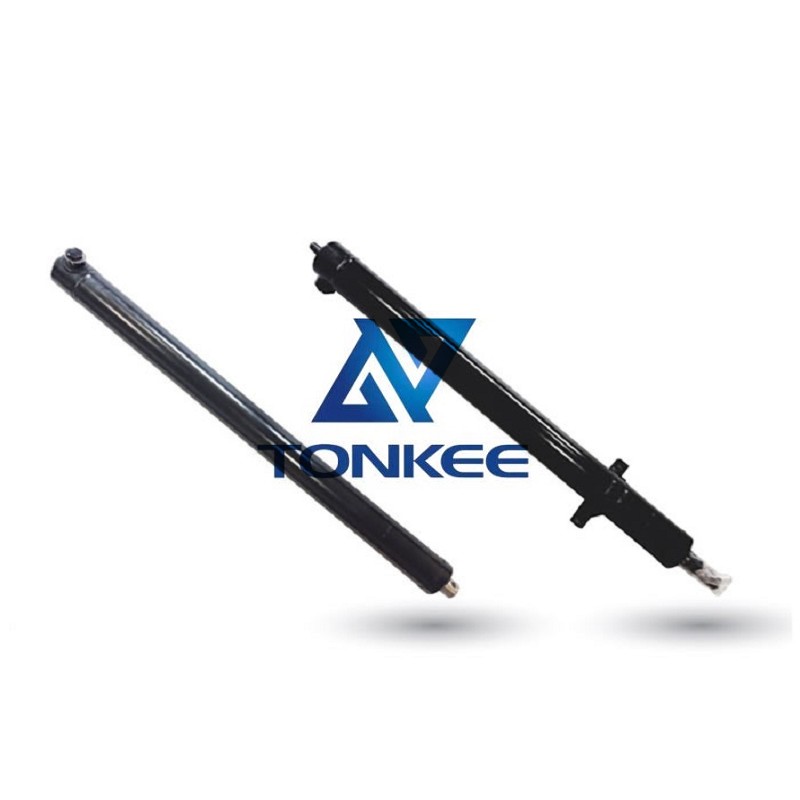
Size and Capacity: Hydraulic cylinders in forklifts come in various sizes and capacities to cater to a wide range of lifting requirements.
The size and capacity of the cylinder depend on factors such as the forklift's load-bearing capacity and the intended application, from small indoor electric forklifts to large outdoor diesel-powered forklifts.
Pressure Rating: Forklift hydraulic systems often operate at high pressures to lift heavy loads. Hydraulic cylinders must have a suitable pressure rating to withstand these pressures without any risk of failure or leakage. The pressure rating is typically determined by the system's hydraulic pump and other components.
Materials and Construction: Forklift hydraulic cylinders are typically constructed from high-strength steel or other robust materials to withstand the rigors of industrial use. These cylinders are designed to endure constant lifting and lowering motions and must be resistant to corrosion, impact, and wear.
Seals and Gaskets: Effective seals and gaskets are crucial in hydraulic cylinders to prevent hydraulic fluid leakage, which can lead to reduced performance and potential safety hazards. Forklift cylinders often use high-quality seals to maintain a leak-free hydraulic system.
Mounting Options: Hydraulic cylinders for forklifts are available in various mounting configurations to suit the specific design of the forklift.
They can be designed for direct bolt-on installation, flange mounting, or other custom configurations as needed.
Stroke Length: The stroke length of a hydraulic cylinder determines the maximum extension and retraction distance. In forklifts, this specification is crucial as it directly impacts the forklift's lifting height and reach. Forklifts may have different stroke lengths based on their design and intended use.
Single-Acting vs. Double-Acting: Forklift hydraulic cylinders can be single-acting or double-acting. Single-acting cylinders apply force in one direction, usually for lifting, while double-acting cylinders can apply force in both directions, allowing for precise control of lifting and tilting motions.
Piston Rod Diameter: The diameter of the piston rod directly influences the cylinder's strength and durability. Larger diameter rods are typically used in heavy-duty forklifts that need to lift substantial loads with stability and control.
Temperature Tolerance: Forklifts operate in a wide range of temperatures, from freezing cold storage environments to hot industrial settings. Hydraulic cylinders must be capable of operating effectively under these diverse temperature conditions without performance degradation.



 English
English Türkçe
Türkçe


